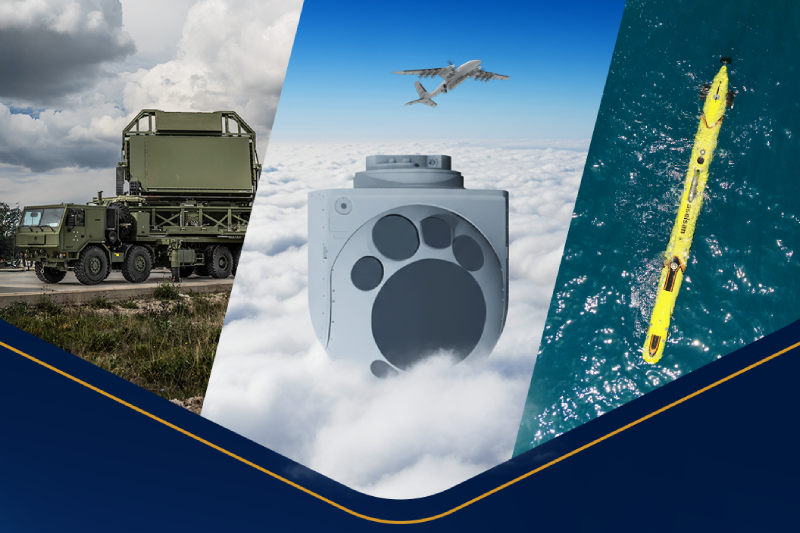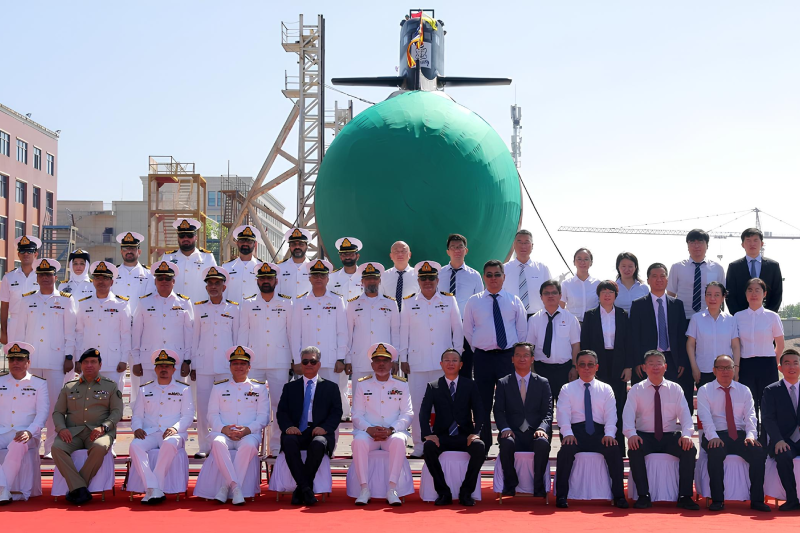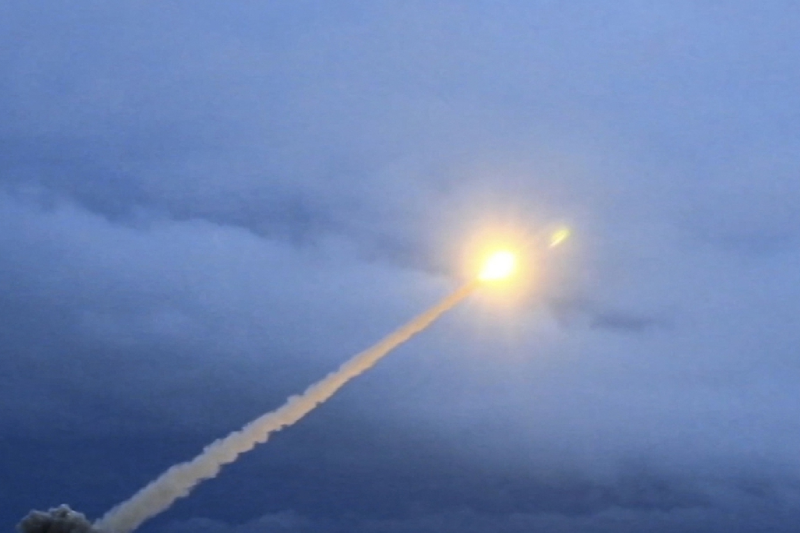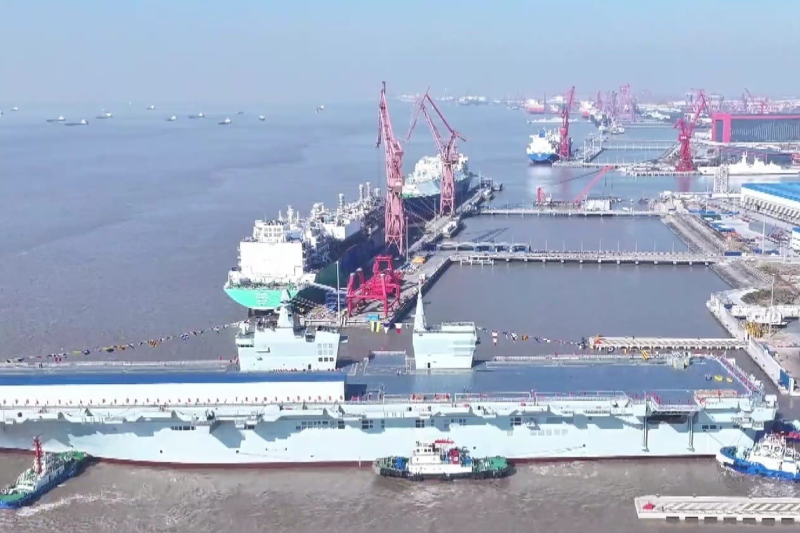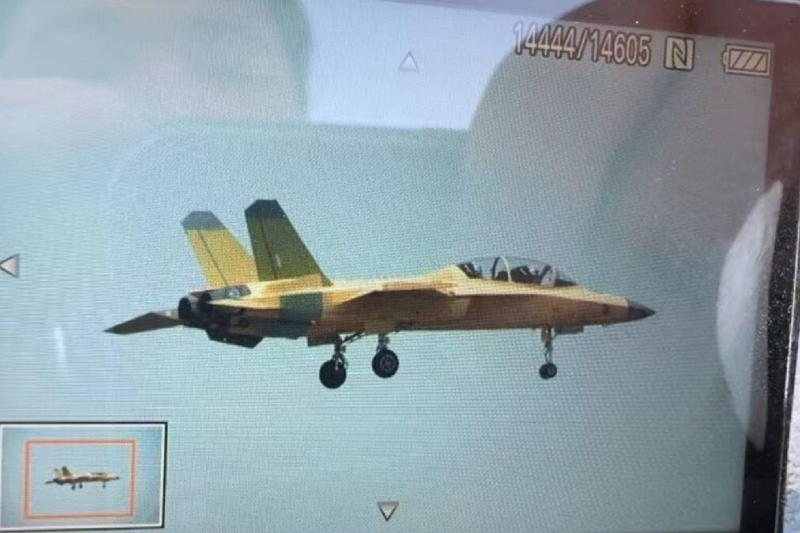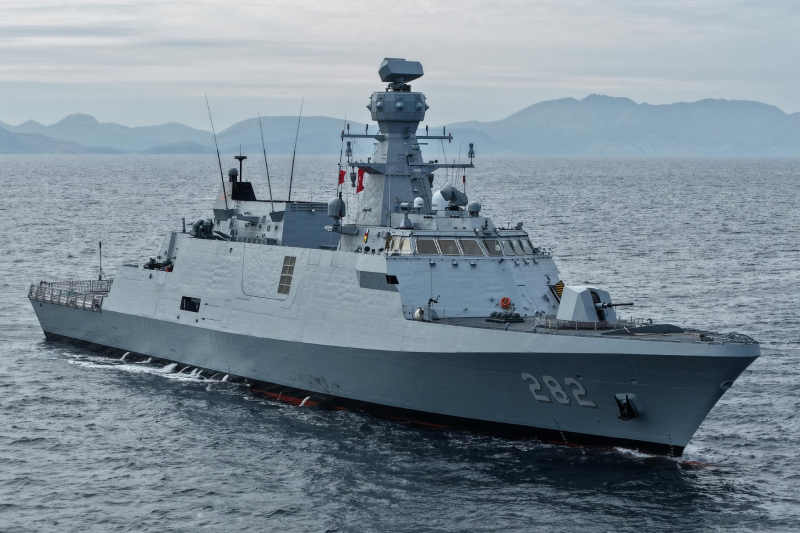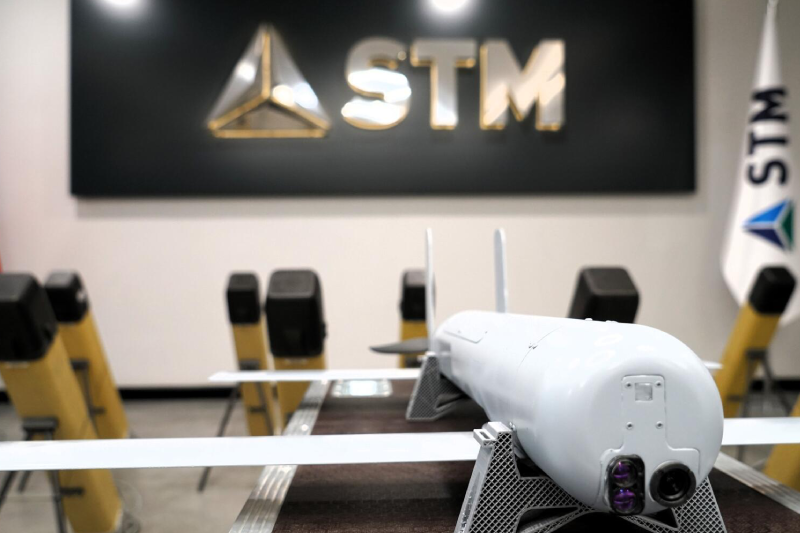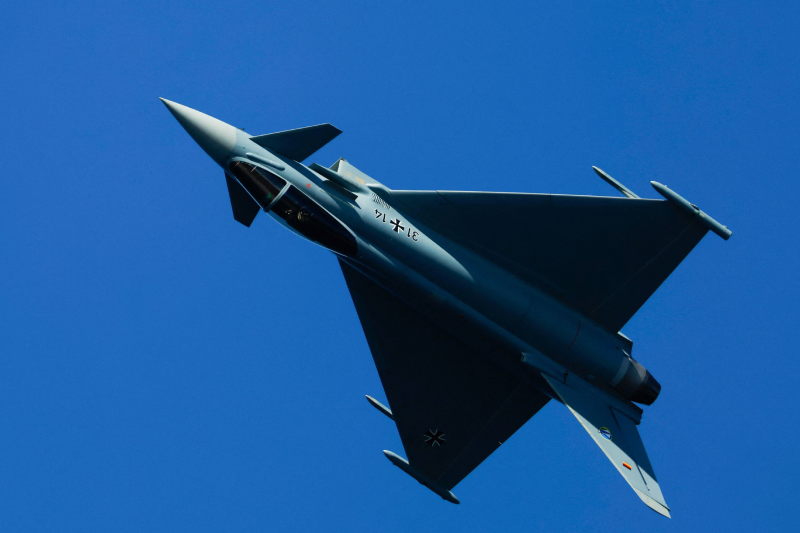Iran Exposes Israel’s Secret Drone Factories & Hidden Trucks
The evolving landscape of modern warfare has witnessed unprecedented changes in how nations conduct covert operations and intelligence gathering. Recent developments in the Middle East showcase how drone technology and infiltration tactics are reshaping military strategy and international relations.
Advanced Drone Technology
Modern military operations increasingly rely on sophisticated unmanned aerial vehicles (UAVs) and first-person view (FPV) drones for precision strikes and intelligence gathering. These compact, technologically advanced systems offer strategic advantages that traditional warfare methods cannot match.
Small explosive drones that Israeli commandos had reportedly pre-positioned inside Iran months earlier, striking air-defense radars demonstrate how modern warfare has evolved beyond conventional battlefield tactics. The miniaturization of drone technology allows for unprecedented infiltration capabilities, enabling forces to establish operational bases deep within enemy territory.
Contemporary drone systems feature advanced navigation capabilities, real-time communication systems, and precision targeting mechanisms. These technological improvements have made small-scale unmanned operations increasingly effective for both reconnaissance and direct action missions.
Infiltration Nets Reshape Warfare
The success of covert operations heavily depends on establishing robust intelligence networks within target territories. “Israel likely has around 30 to 40 cells operating inside Iran,” defence analyst Hamze Attar told Al Jazeera, highlighting the extensive nature of modern intelligence operations.
These networks require years of development and sophisticated recruitment strategies. Intelligence agencies must navigate complex political landscapes, cultural barriers, and advanced counterintelligence measures to establish effective operational capabilities.
Modern intelligence operations combine human assets with technological capabilities, creating hybrid networks that can adapt to changing security environments. This approach allows for more flexible and resilient operational structures that can survive detection and continue functioning under pressure.
Technological Countermeasures
Nations facing advanced drone threats have developed various countermeasures to protect critical infrastructure and military assets. Communication disruption emerges as a primary defensive strategy, with authorities implementing network blackouts to limit remote-controlled operations.
Mobile phone networks, 5G infrastructure, and internet connectivity serve as crucial operational lifelines for modern drone systems. By disrupting these communication channels, defending forces can significantly reduce the effectiveness of remote-controlled unmanned systems.
Electronic warfare capabilities, including signal jamming and GPS spoofing, represent additional layers of protection against drone-based threats. These technologies force attacking forces to rely more heavily on pre-programmed routes and autonomous navigation systems.
Strategic Implications for Regional Security
The integration of advanced drone technology with intelligence operations creates new strategic realities for regional powers. Traditional concepts of territorial sovereignty and defensive perimeters face challenges from these emerging operational capabilities.
Military planners must now consider threats that can materialize from within their own borders, launched by pre-positioned assets rather than external forces. This paradigm shift requires comprehensive security reviews and enhanced counterintelligence capabilities.
The proliferation of drone technology also democratizes certain military capabilities, allowing smaller forces to project power and conduct precision operations previously reserved for major military powers. This technological leveling effect has significant implications for regional power balances.
Economic and Political Ramifications
Modern covert operations using advanced technology create substantial economic and political consequences for all involved parties. The development and deployment of sophisticated drone systems require significant financial investments and technical expertise.
Nations must balance offensive capabilities with defensive investments, leading to arms race dynamics in unmanned systems and electronic warfare technologies. These competitive pressures influence defense budgets and strategic priorities across the region.
International diplomatic relations face new complexities when covert operations utilize advanced technology. Traditional diplomatic responses to military actions may prove inadequate when addressing technologically sophisticated infiltration operations.
Also read this: Iran Strikes Israel with Mach 13+ Fattah Hypersonic Missile
Future Warfare Evolution
The continuing advancement of artificial intelligence, miniaturization technology, and communication systems will further transform covert operations and military strategy. Autonomous drone swarms, enhanced stealth capabilities, and improved electronic warfare systems represent the next generation of military technology.
Military doctrine must evolve to address these emerging capabilities, requiring new training programs, operational procedures, and strategic frameworks. The integration of human intelligence with technological capabilities will remain crucial for successful operations.
As these technologies become more accessible, smaller nations and non-state actors may gain capabilities previously limited to major powers, fundamentally altering global security dynamics and requiring new approaches to international relations and conflict resolution.
Keep connected with us at Facebook, Twitter, YouTube, Instagram & TikTok for latest defense happening around the globe.
Discover more from International Defence Analysis
Subscribe to get the latest posts sent to your email.


